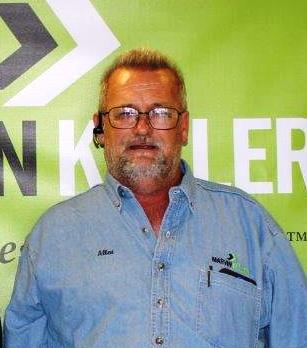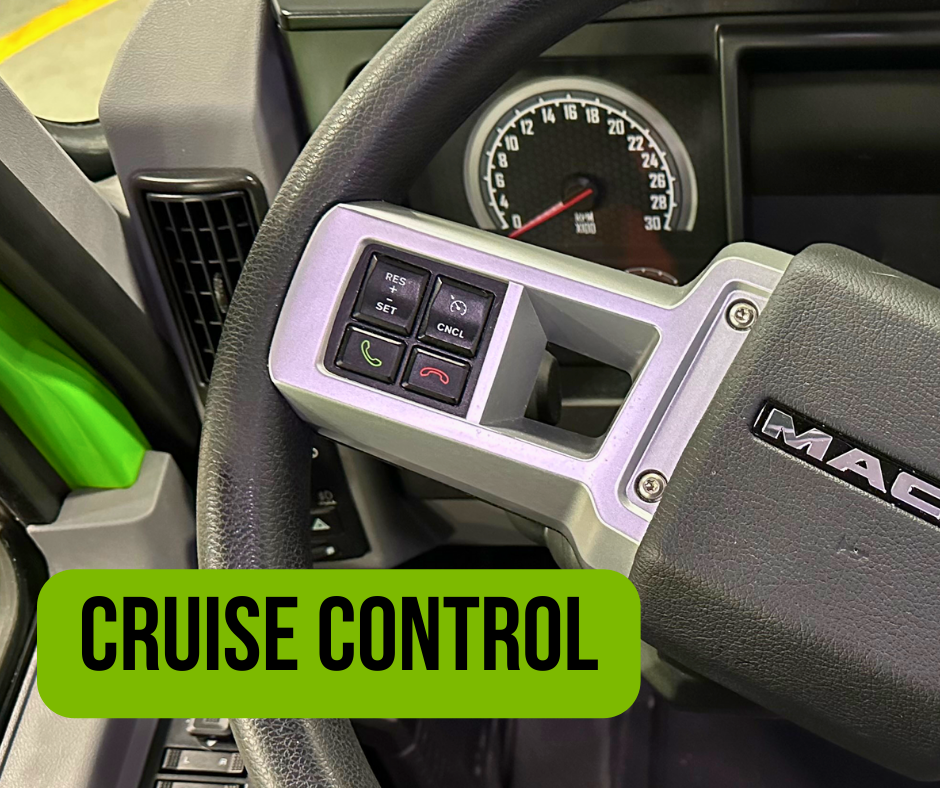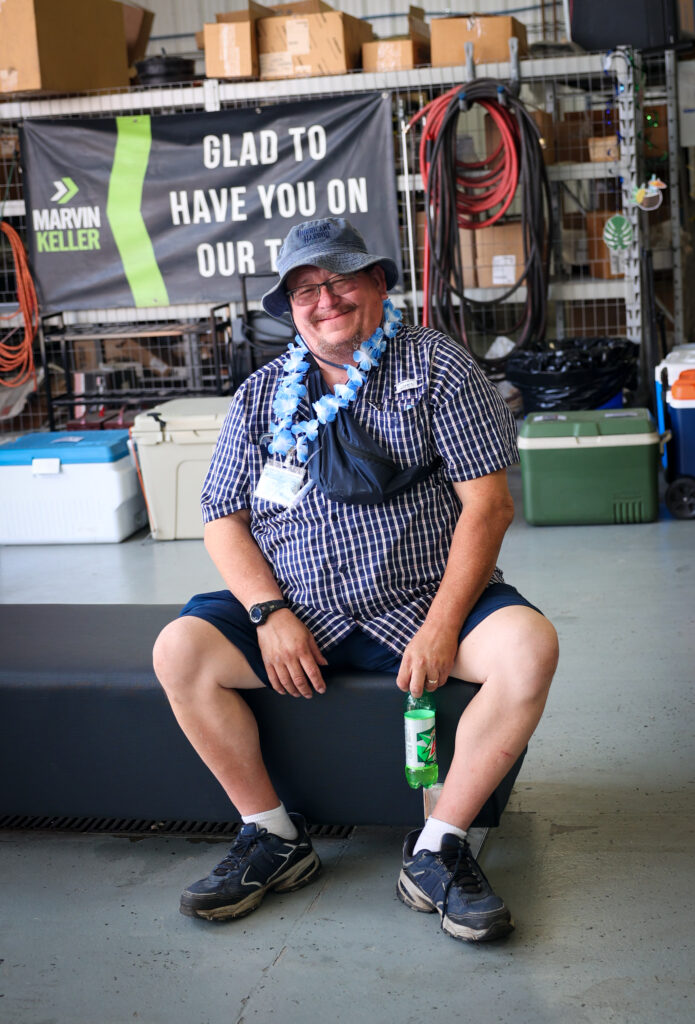We would like to recognize the following drivers for going above and beyond in helping us out! We appreciate you going the extra mile!
First, we would like to shout out, Allen Fitzgerald. He saw another Marvin Keller driver, Dave Ward, at a Walmart DC and noticed his headlight was out. Allen had some extra bulbs in his truck and helped Dave get his replaced. Thank you for setting such a great example for the rest of our drivers!

Shout out to Wade Owns for paying off his Lease Purchase truck – your dedication is leading you to success!

Thank you to Frank Rich. He located an old BOL that helped us bill a customer for an old shipment. It is very appreciated!

Shout out to Kerri Doss & Brian Doughty did a Meet & Greet to make sure we made on-time delivery. Thank you for keeping our Customers happy!


Lastly, thank you to Wes Ryden, Dalton Medley, Dustin Carey, Mike Manion, Shaquille Eleazer, Eric Doney, and Jacob Mercer, who all worked extra days recently to help us make Customer deliveries. Thank you for the extra time and effort.





















